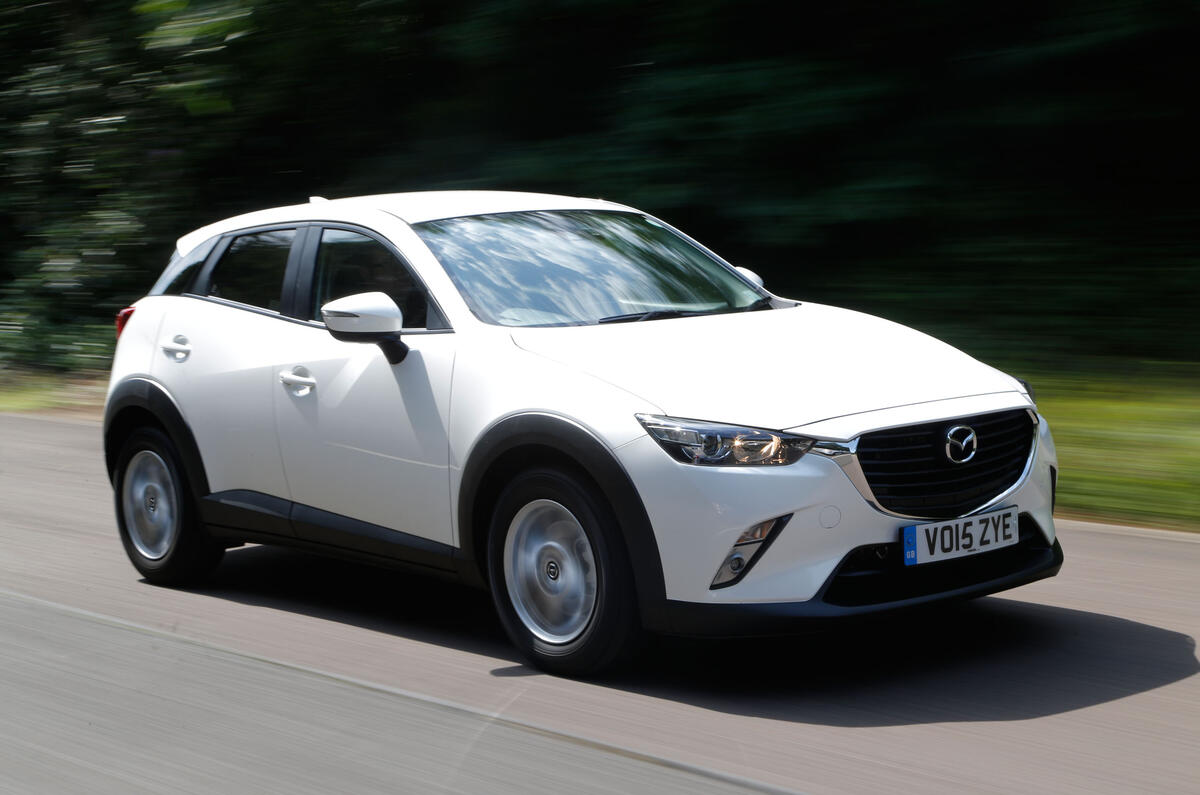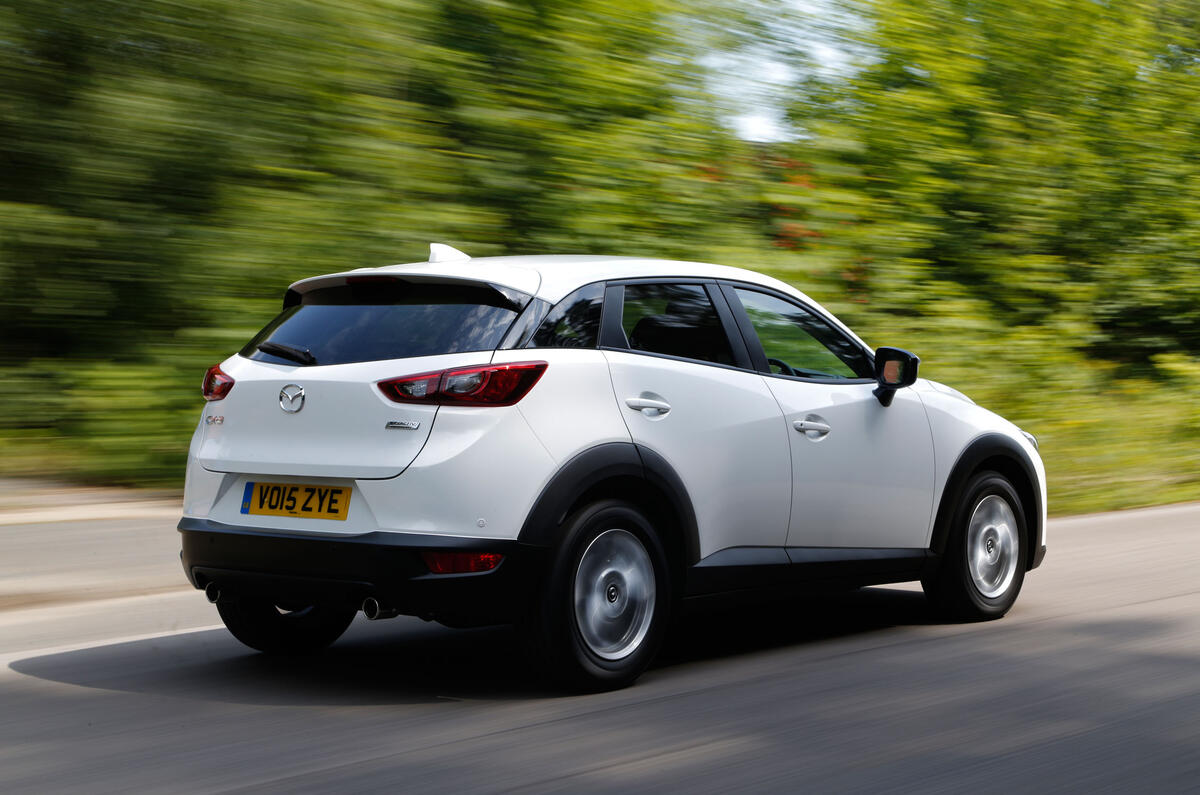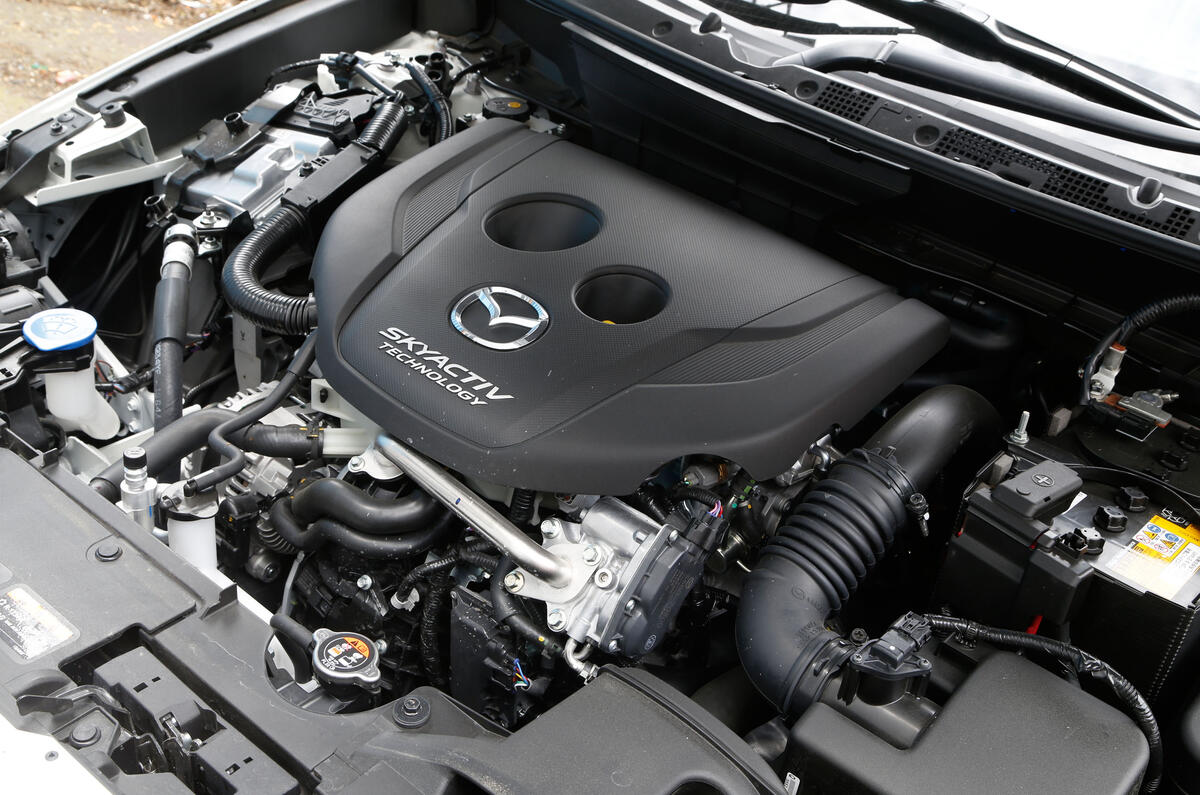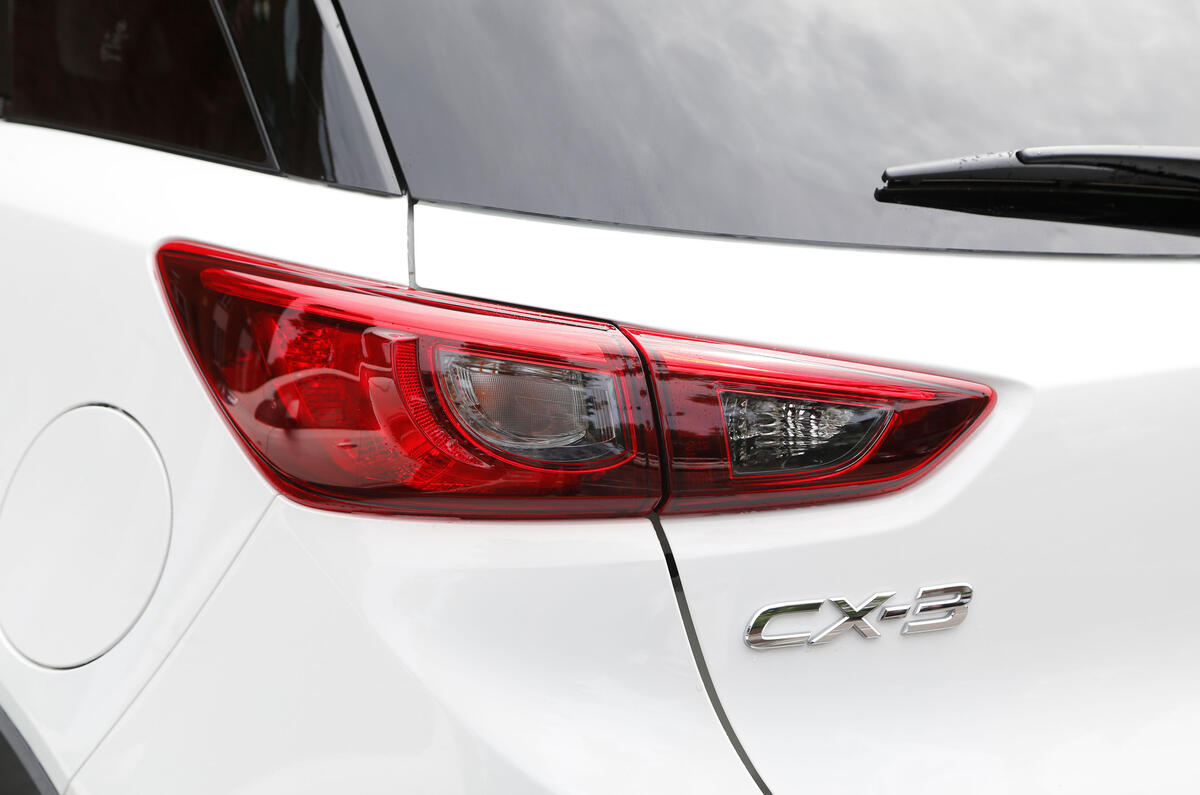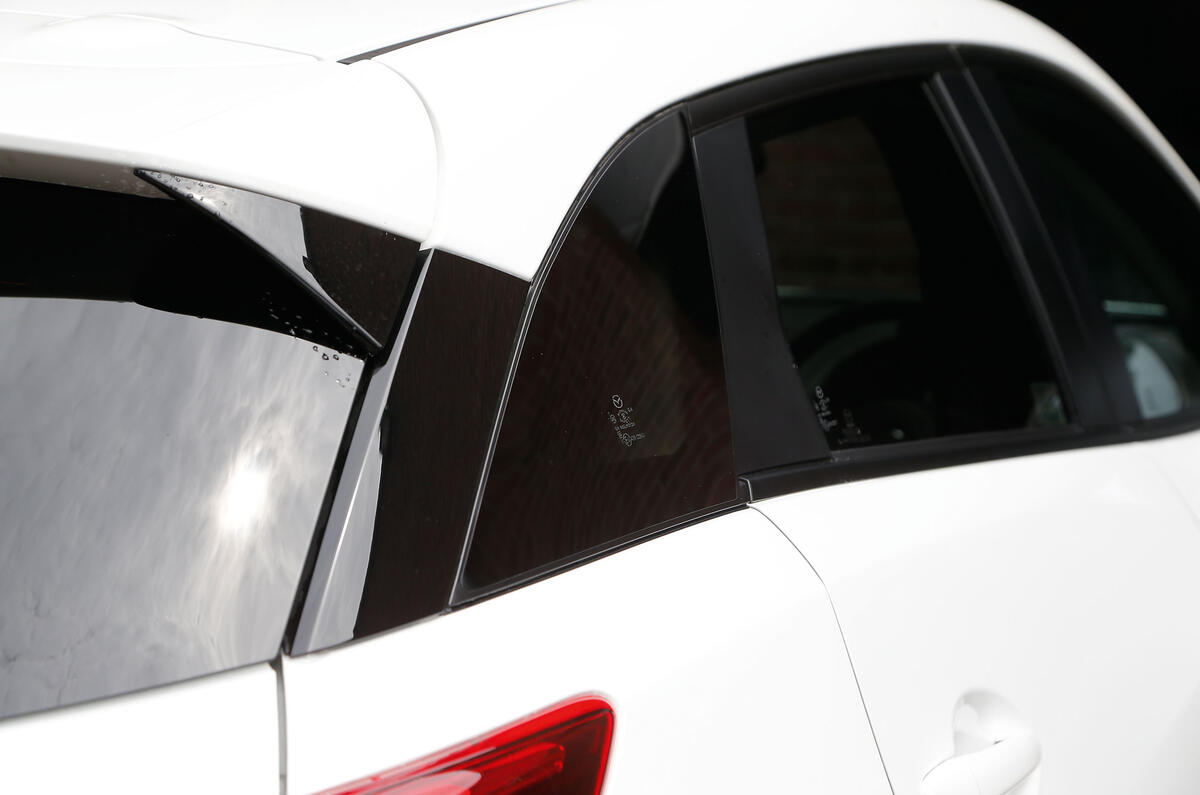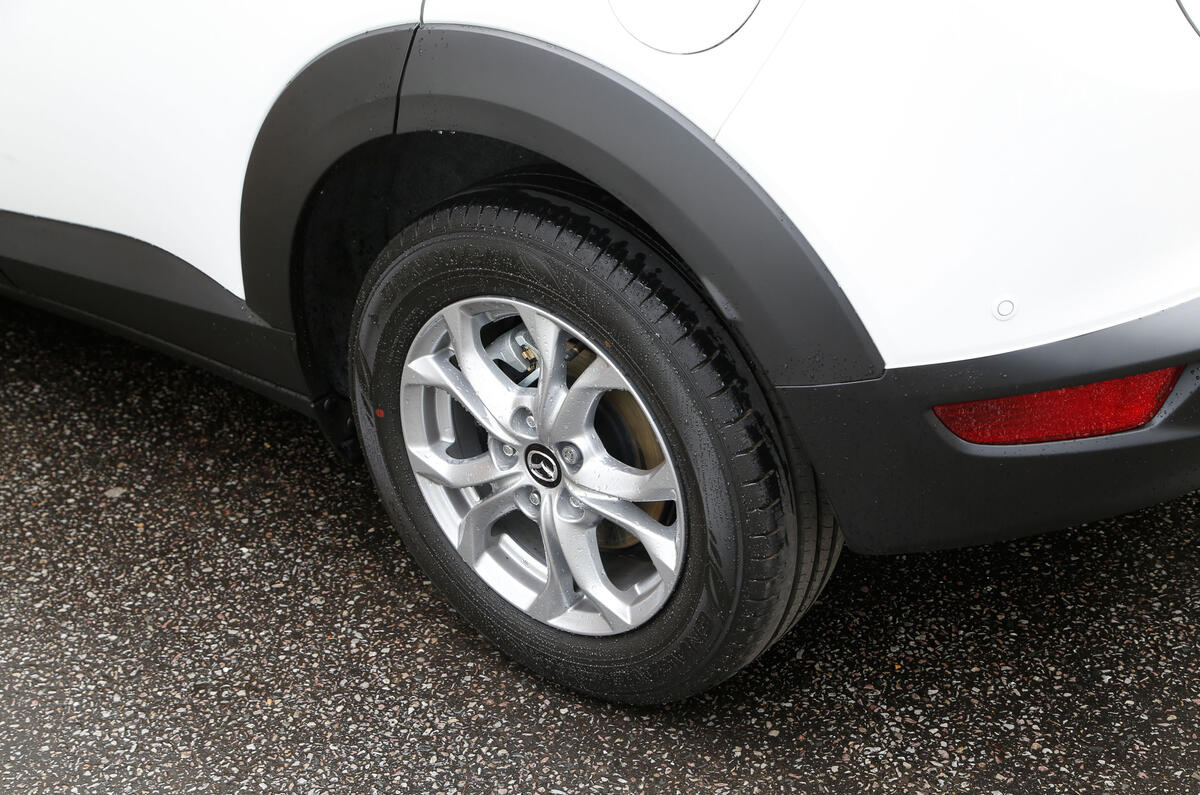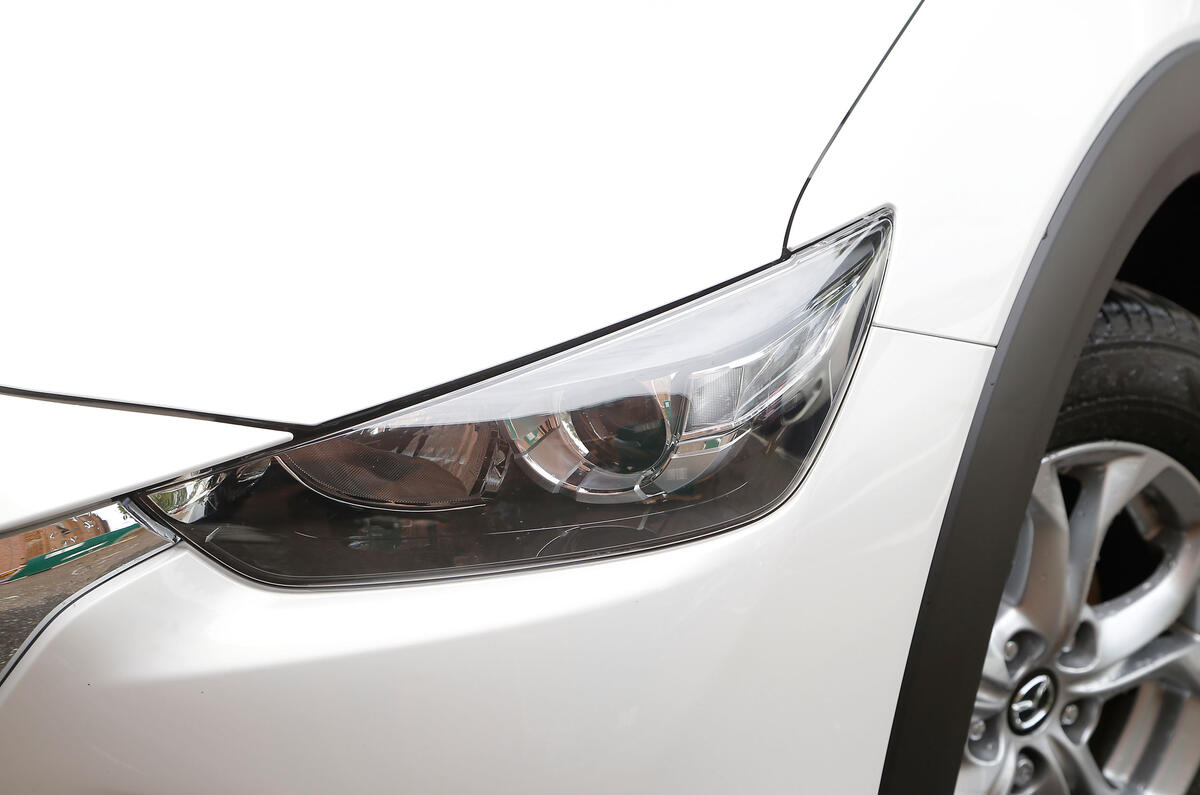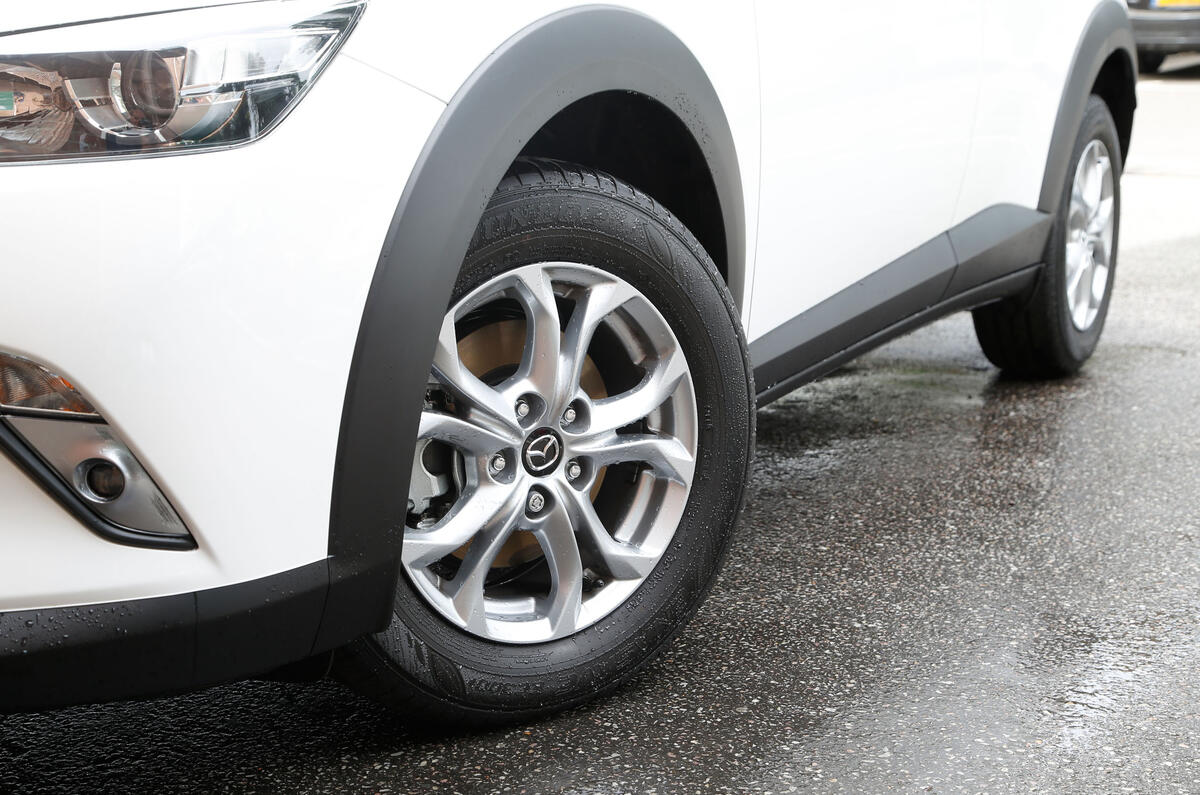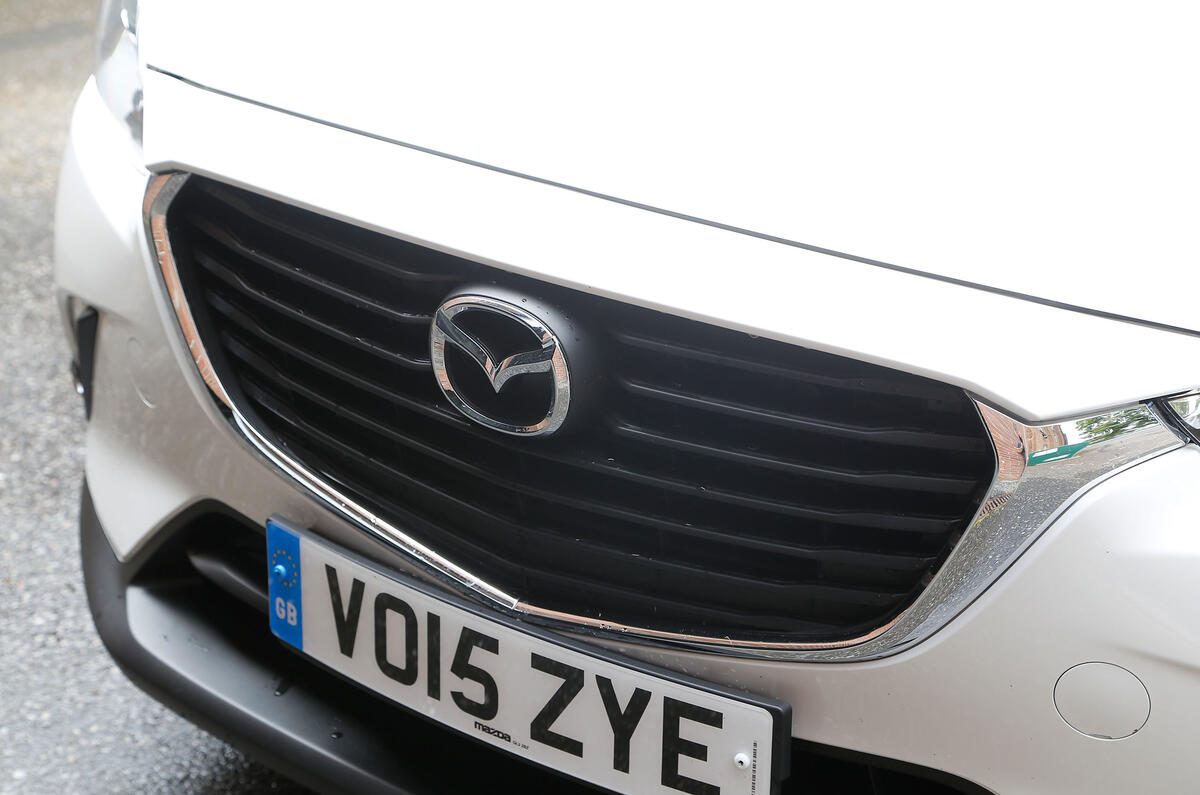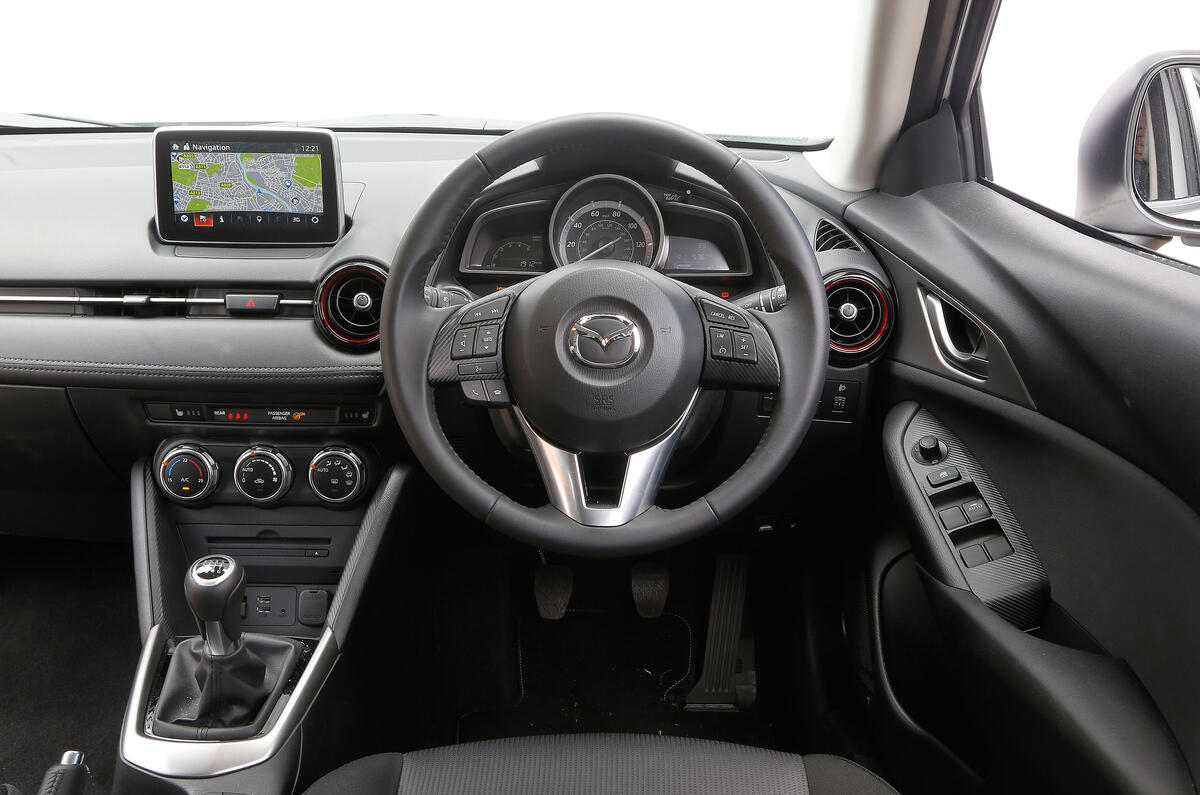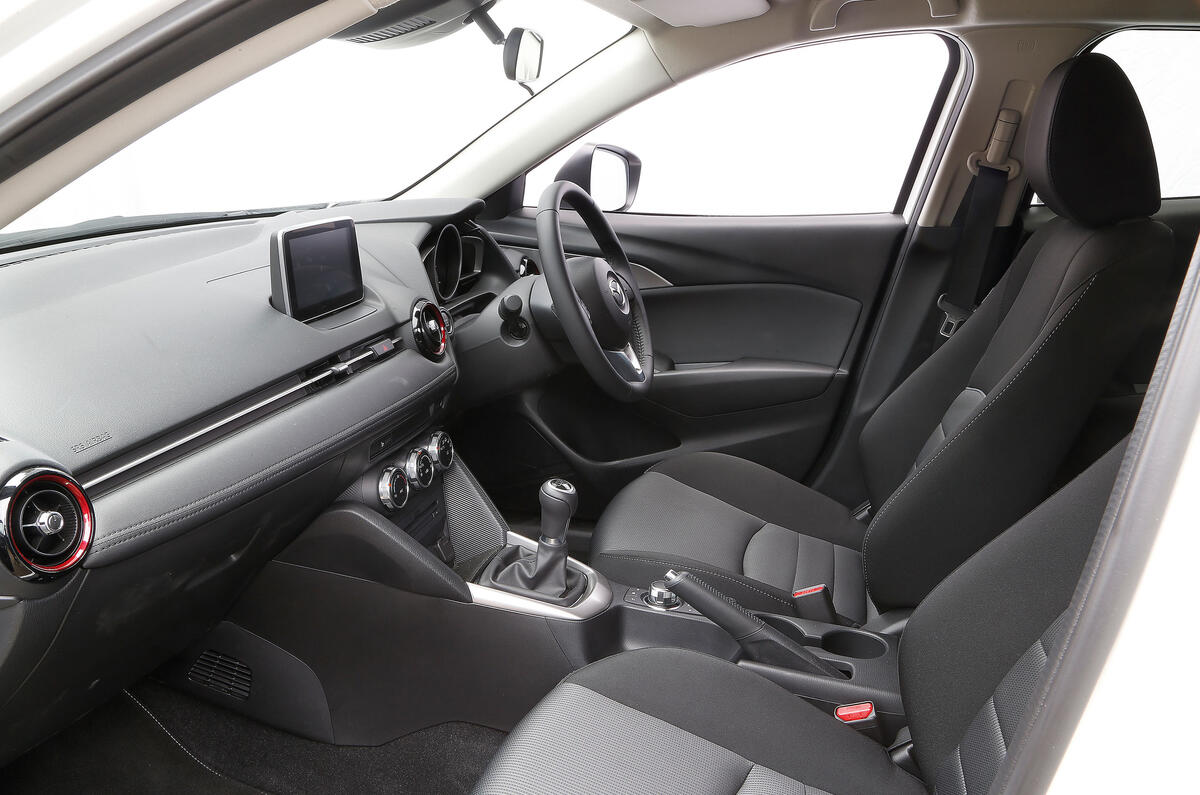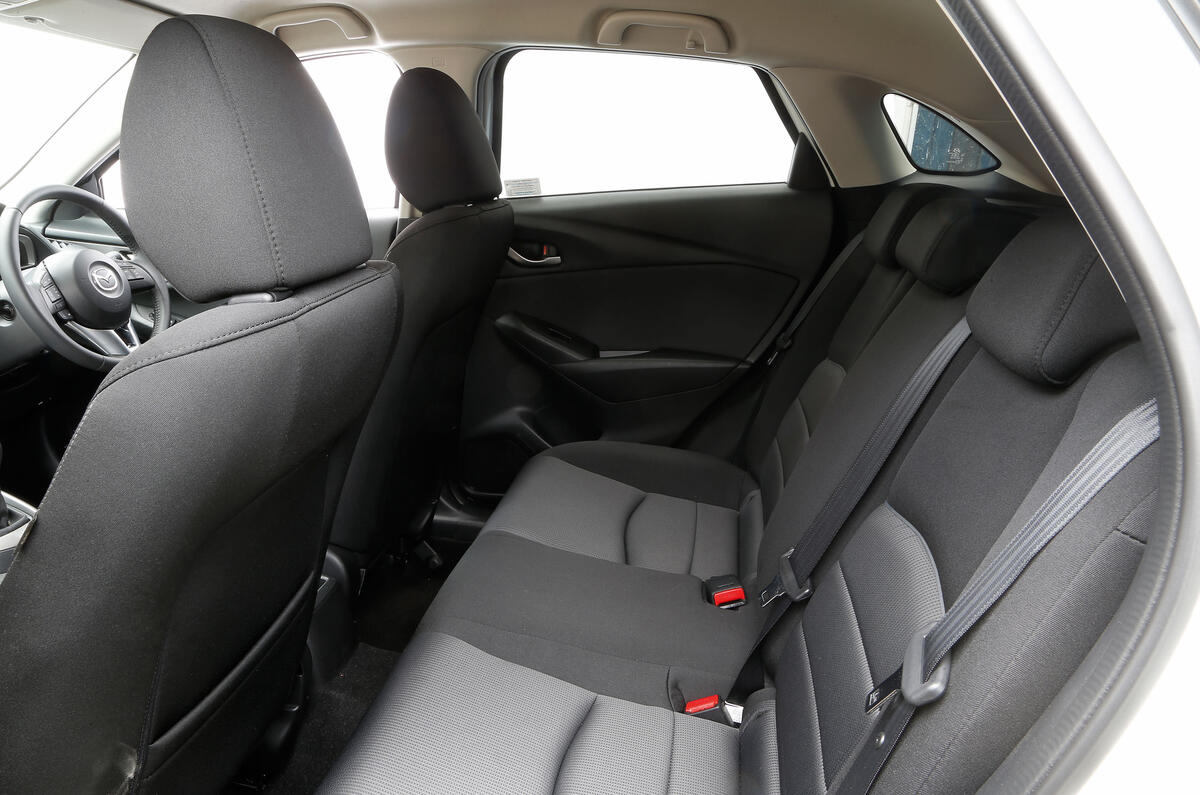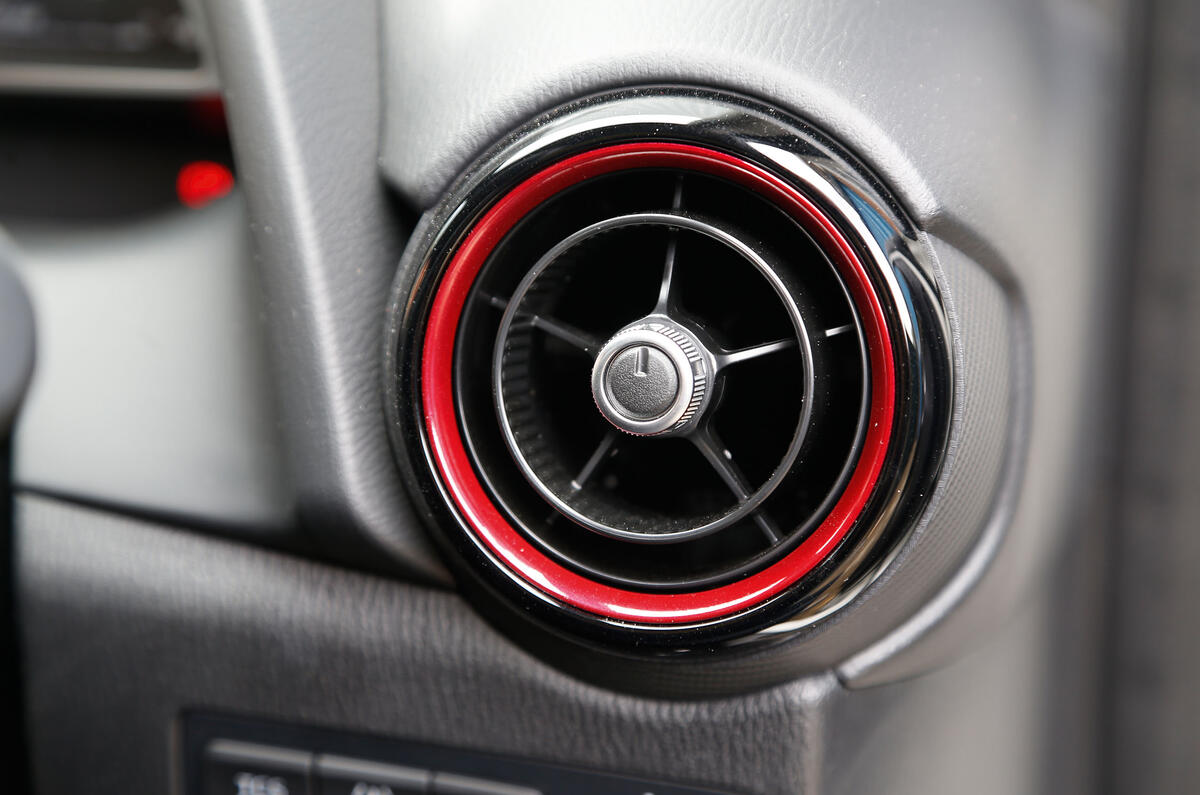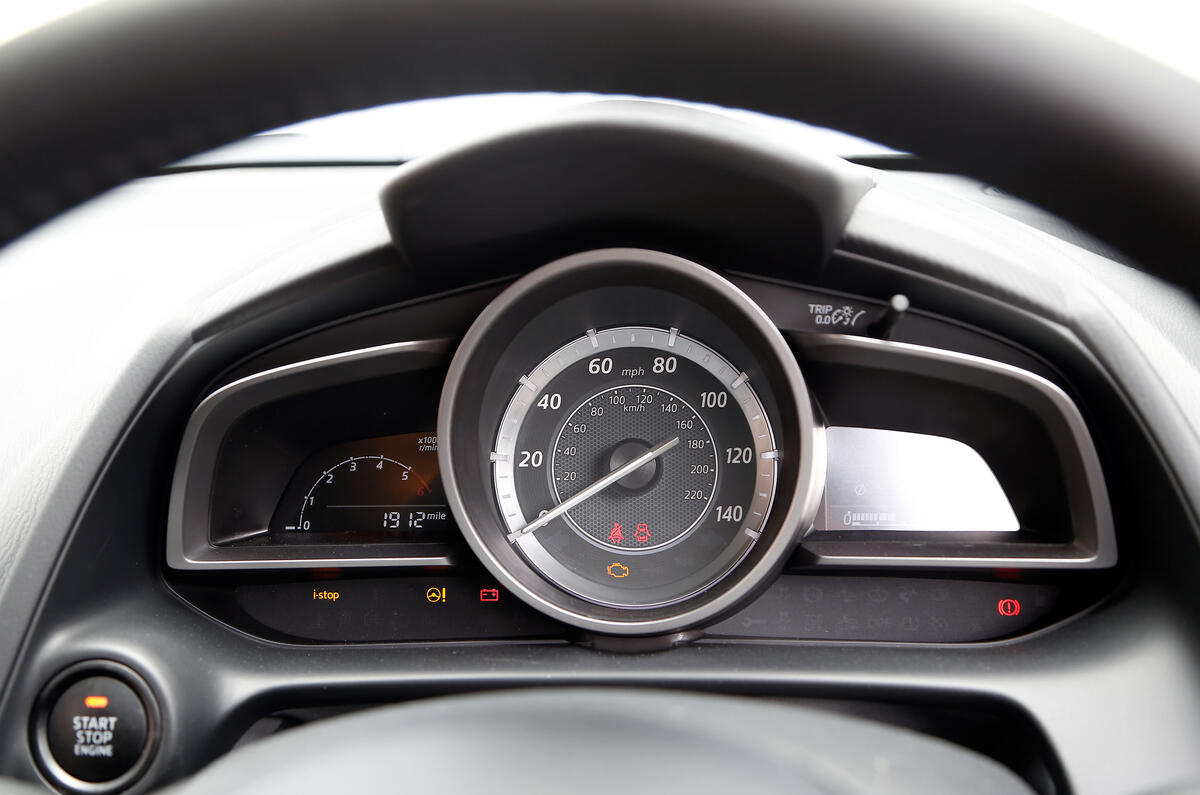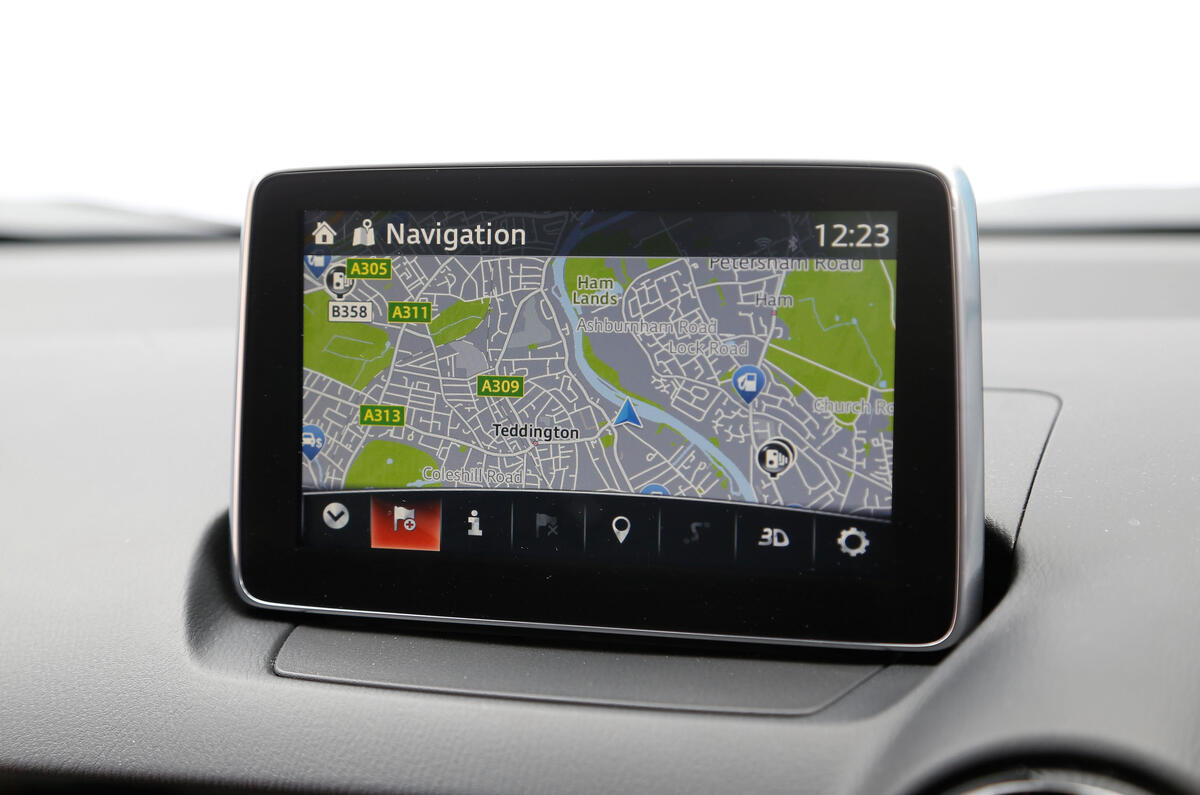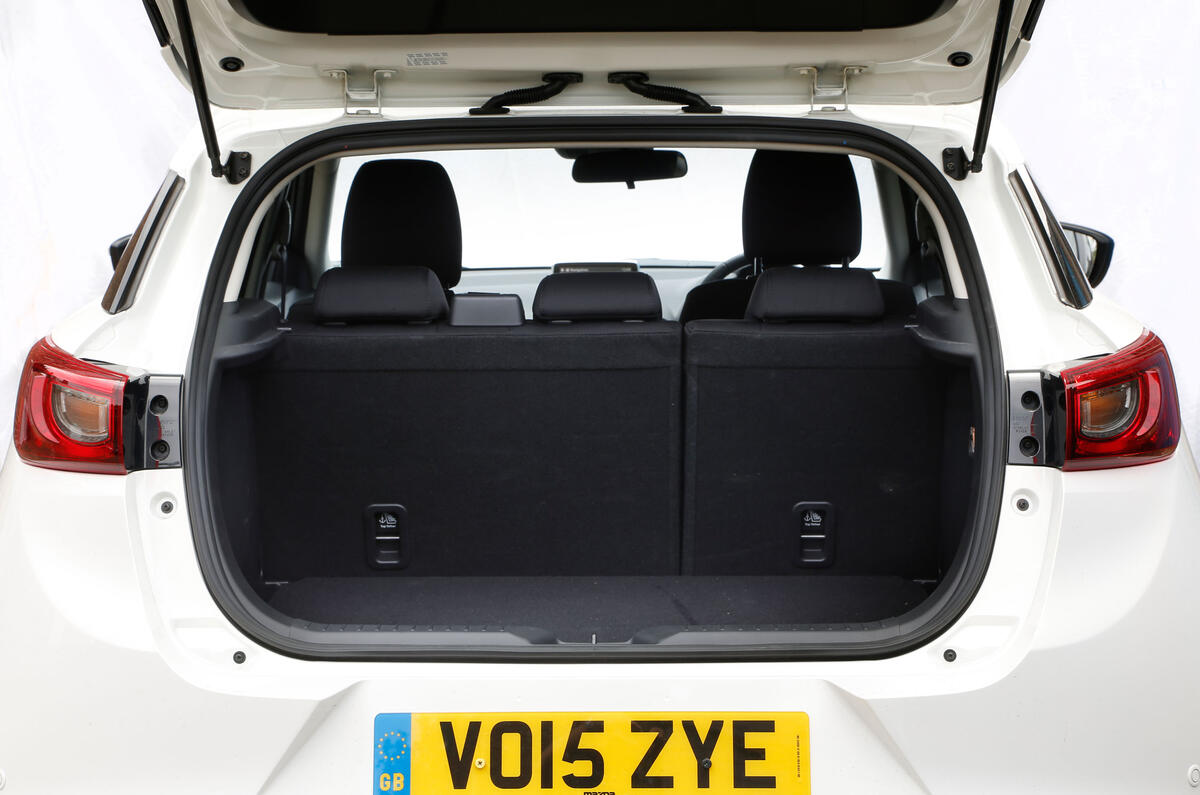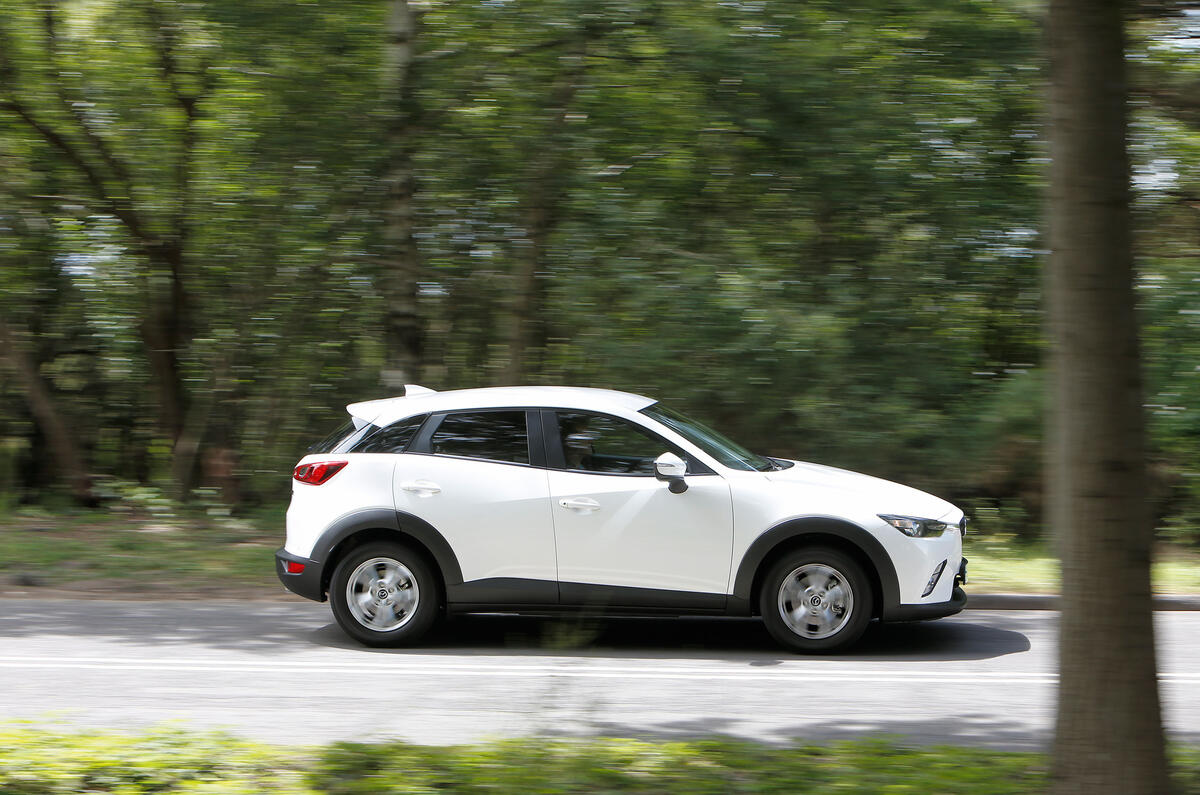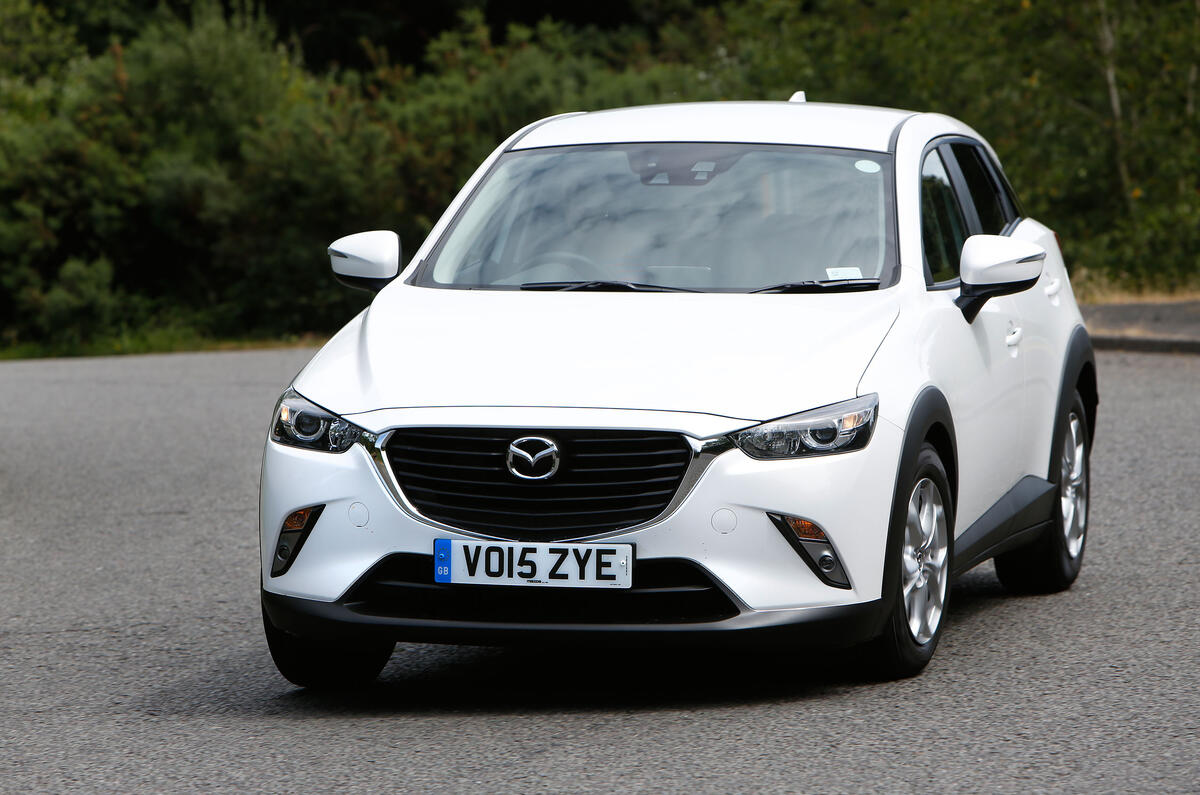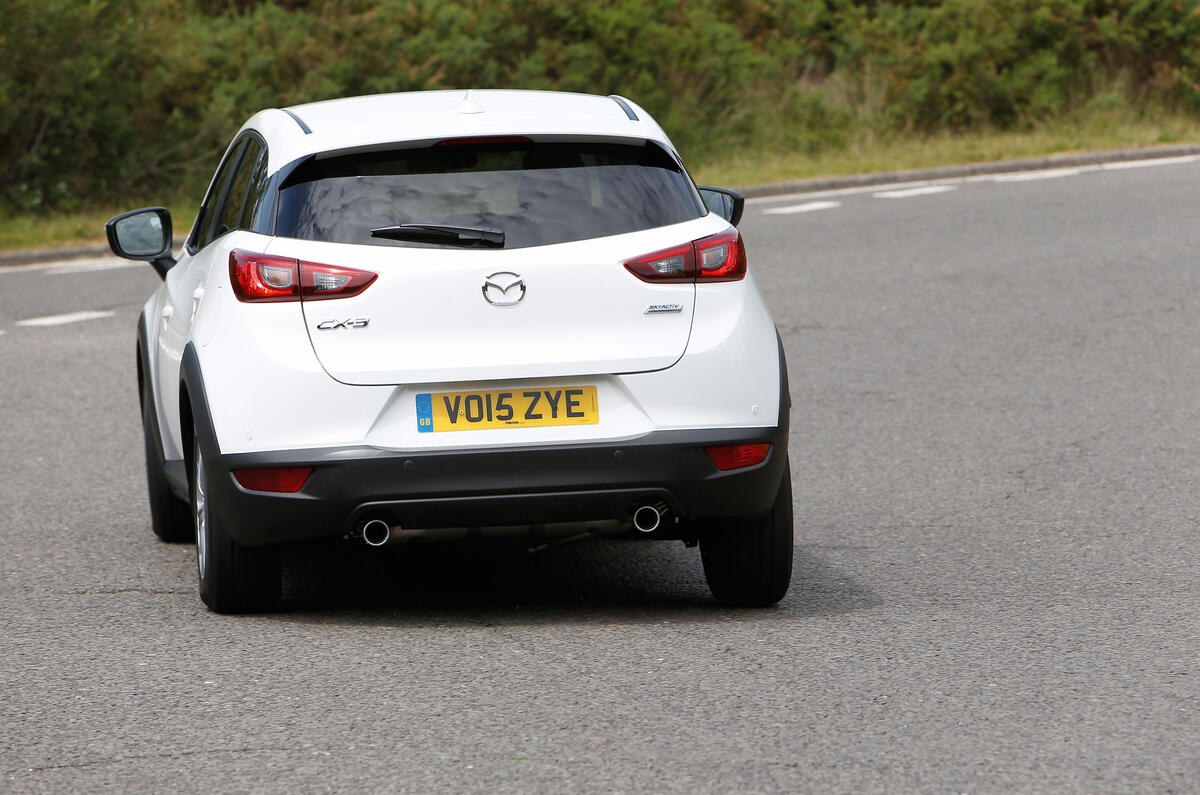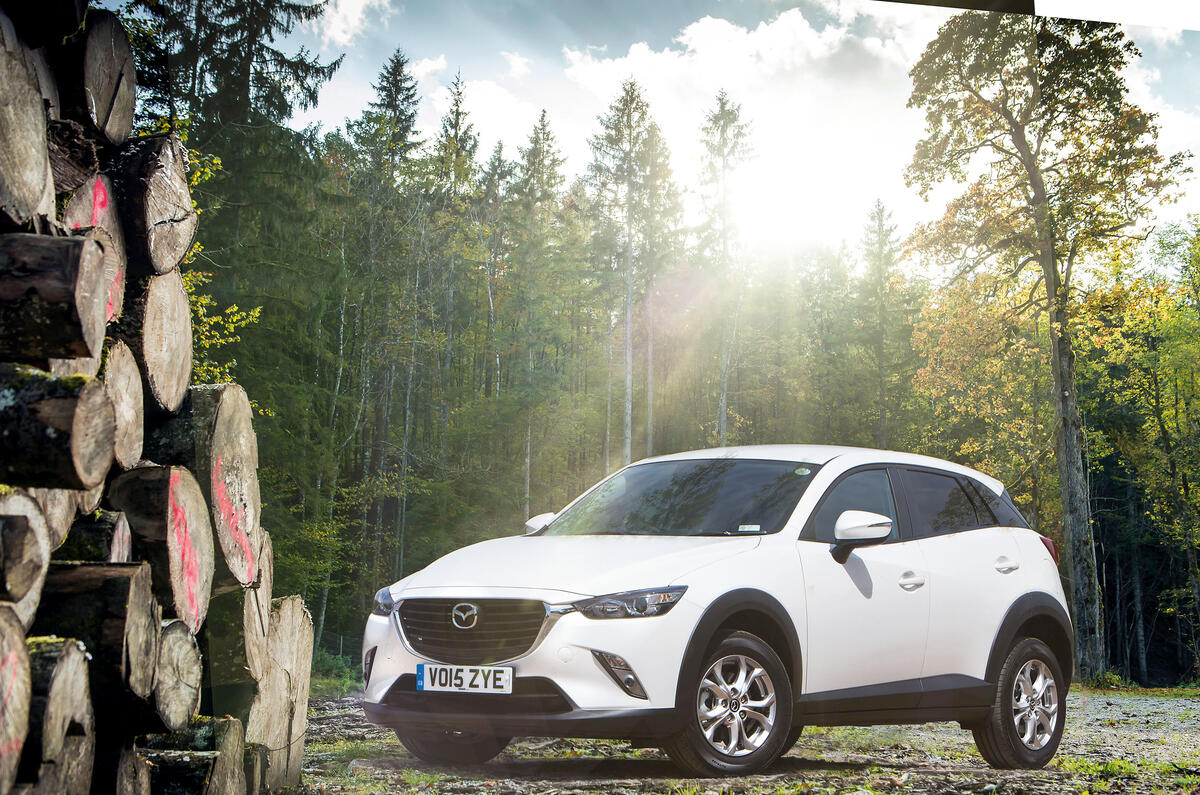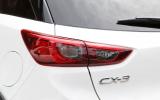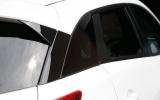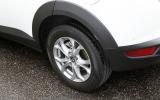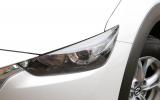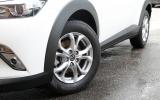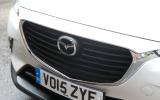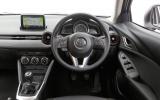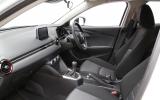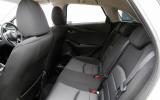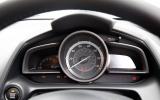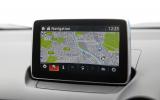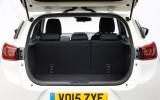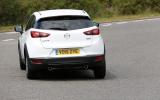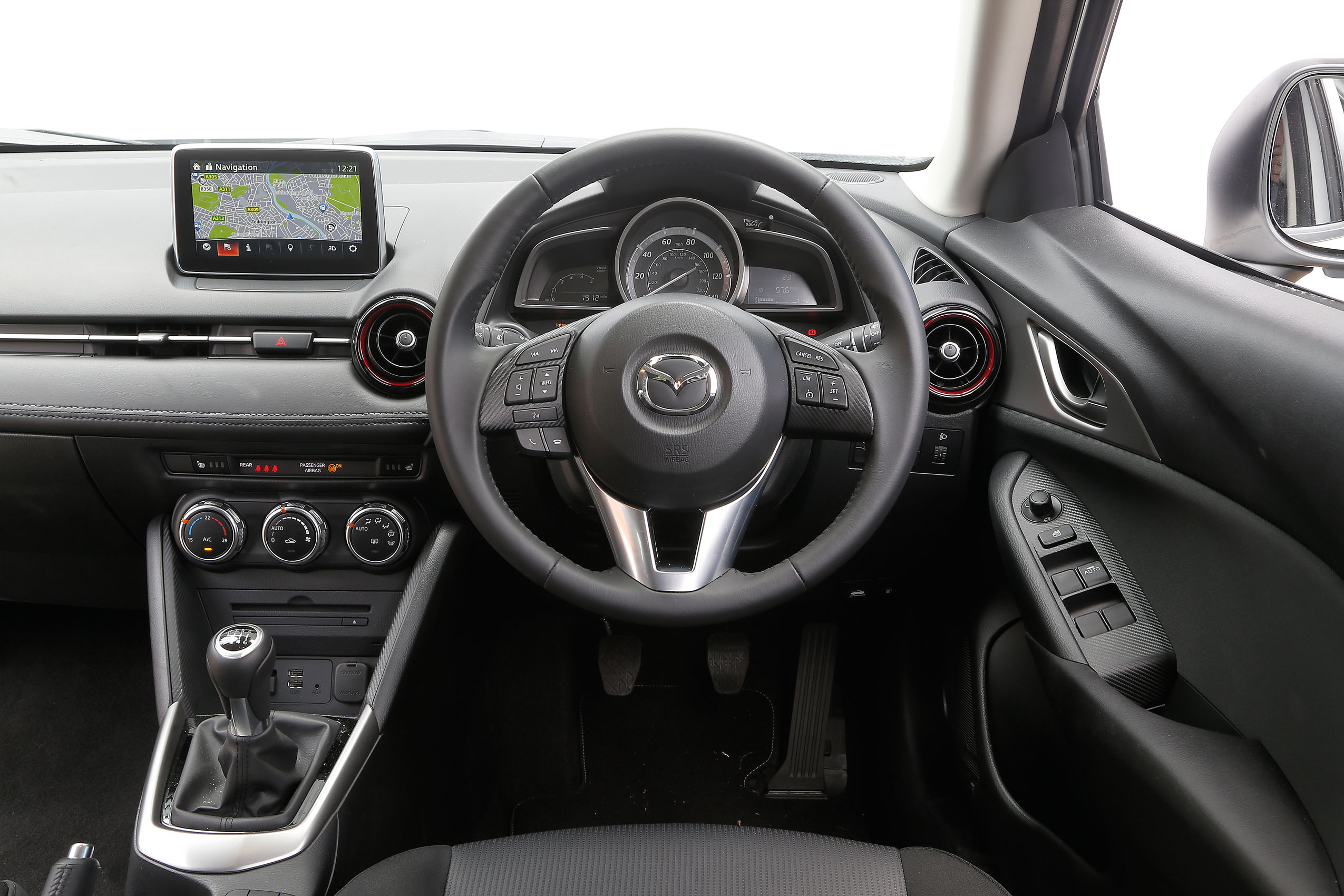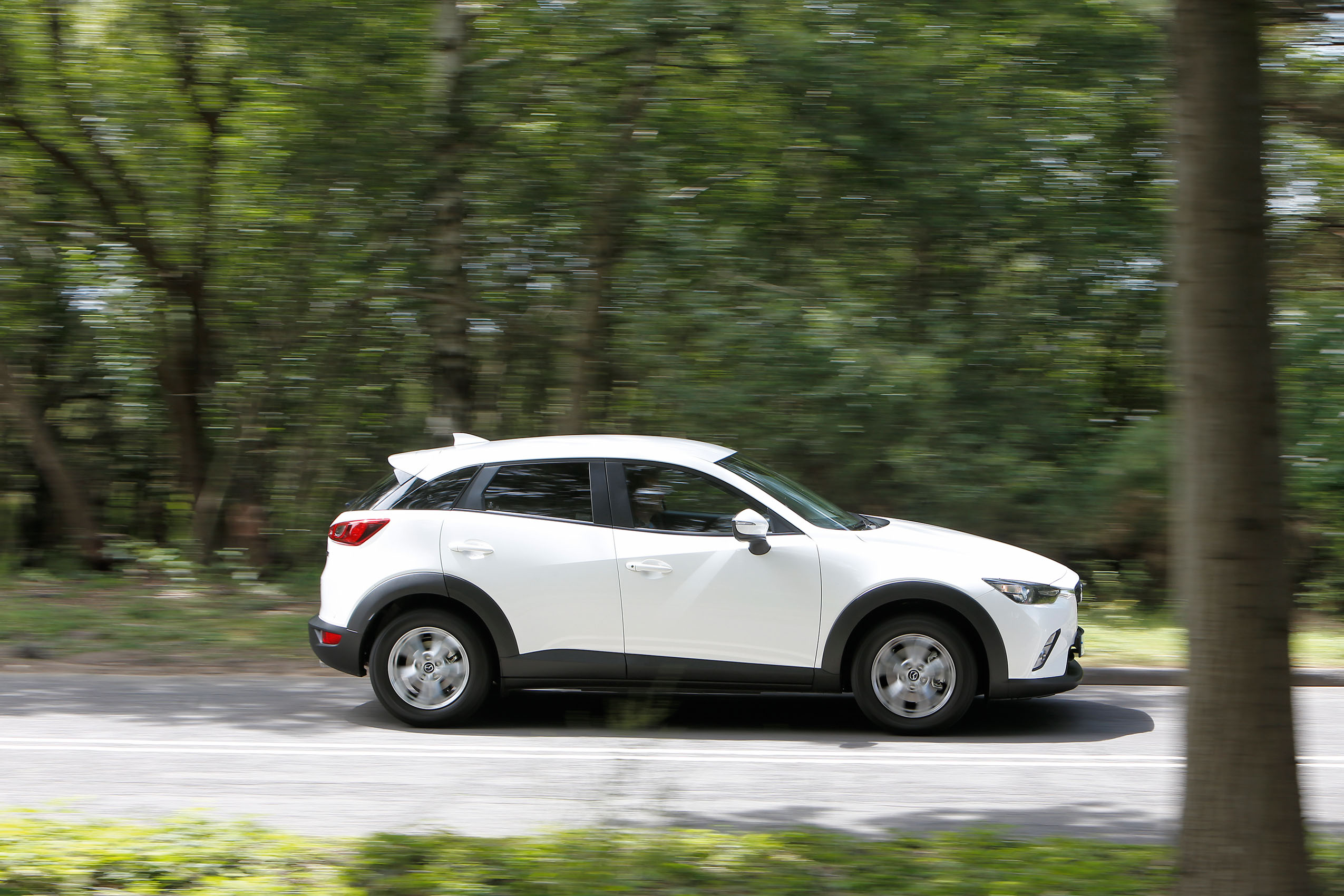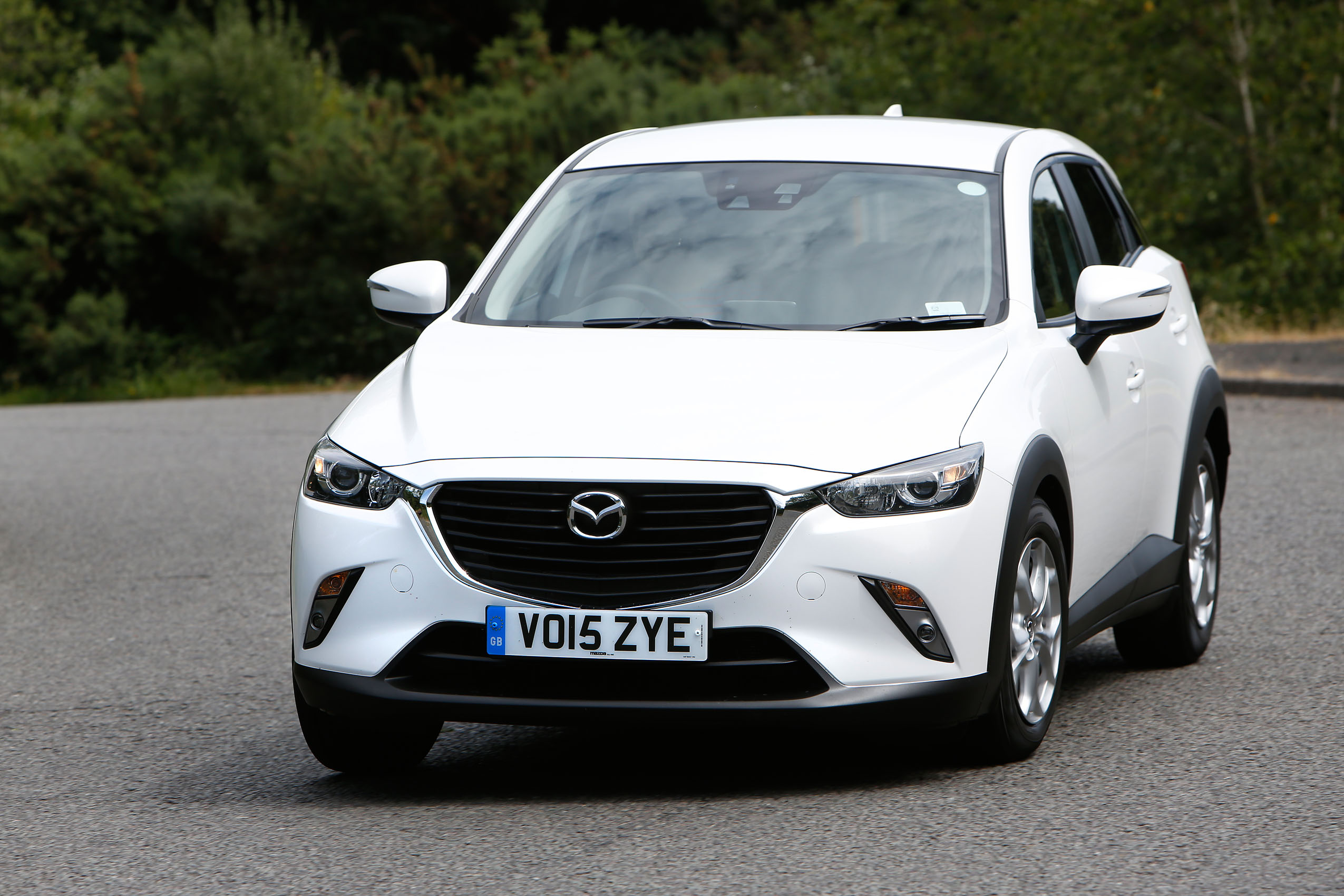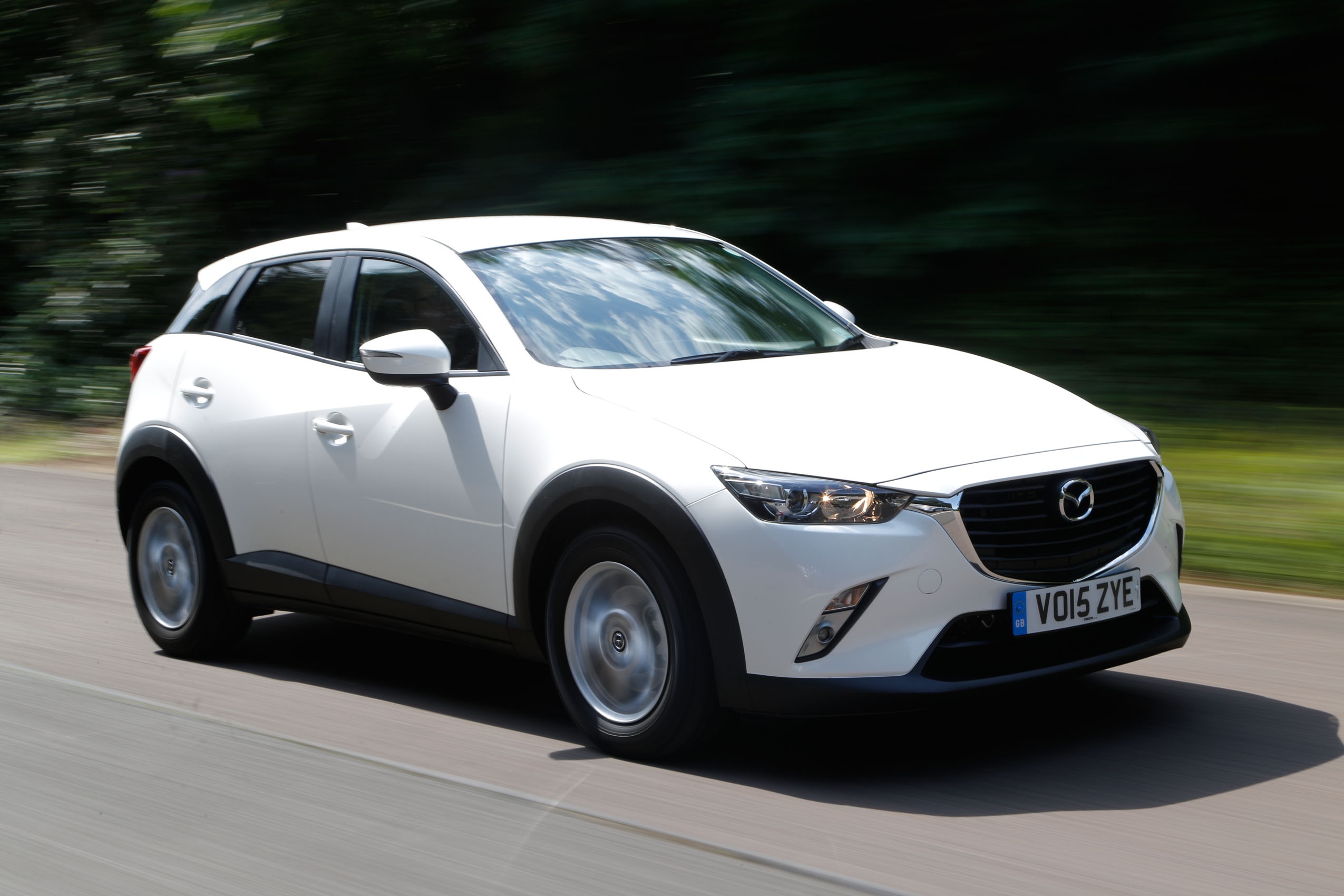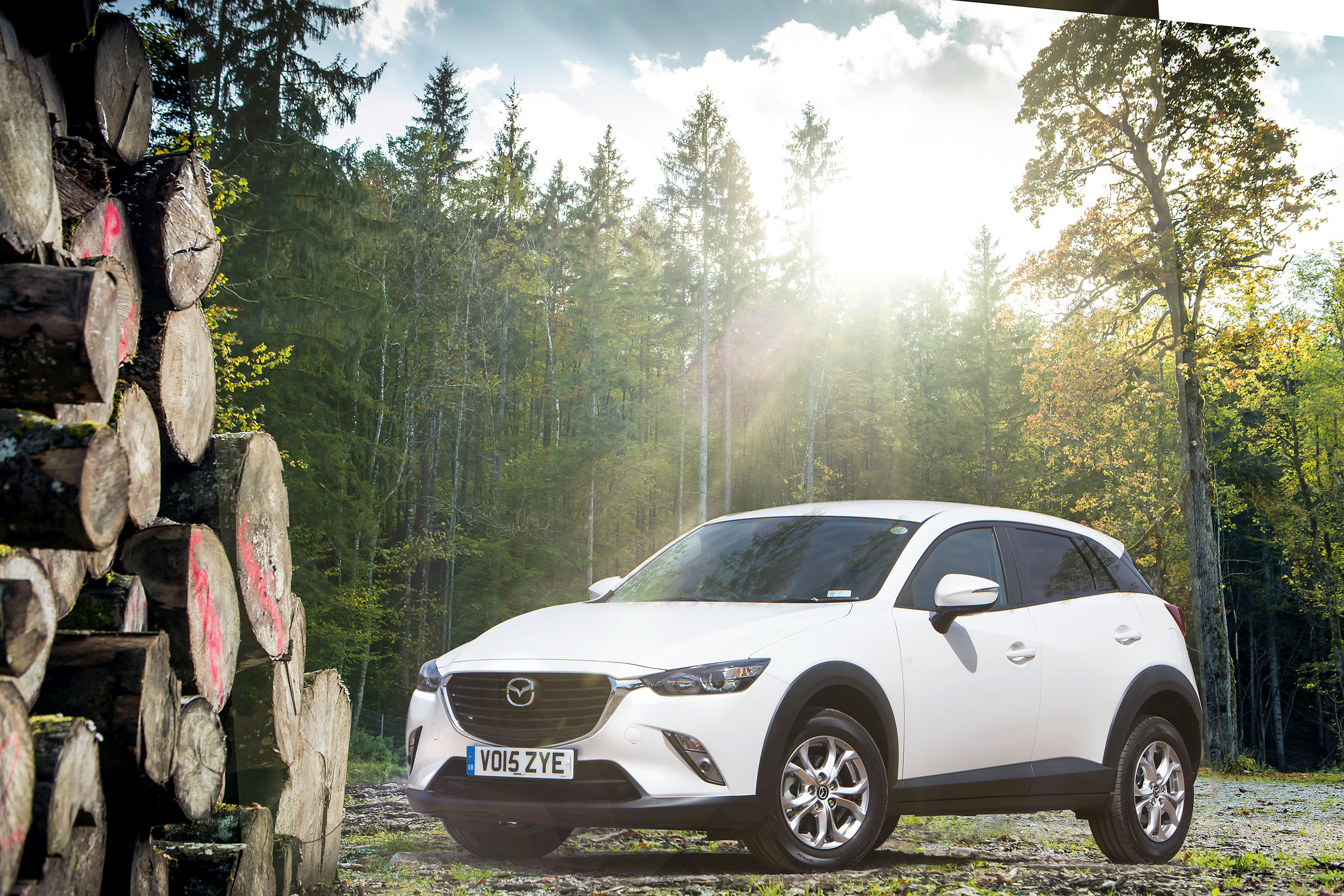This is the age of the compact crossover, and the latest one is the Mazda CX-3. With an appetite among Europe’s car buyers well established, the class’s ranks are filling up fast – and yet the wait for a truly outstanding example goes on. What can Mazda offer?
Manufacturer enthusiasm and customer demand ought to have delivered a standout prospect by now. Instead, while the 36-month procession of bandwagon-jumpers we’ve witnessed has been characterised occasionally by moderate talent, alternative appeal or value for money (see Nissan Juke, Renault Captur and Dacia Duster), we’ve as often experienced blandness and dynamic disappointment.
The cars that have earned our admiration thus far – chiefly the Dacia Duster and the Skoda Yeti – may soon be ruled too large to qualify for a segment increasingly populated by jacked-up superminis.
The time is right for something more compact, cleverly packaged, affordable, usable, good looking and fun to drive to come to the fore – something from the mould that, historically, the best small cars have managed to spring.
Step forward, then, the Mazda CX-3, nominally baby brother to the larger Mazda CX-5 but more meaningfully taller, heavier, higher-riding sibling of the impressive Mazda 2.
The firm’s downsized crossover has arrived at the ideal time; not only is the closely related supermini very good and new but there’s also likely to be a lot of customer goodwill and footfall flowing Mazda’s way following the launch of the much-anticipated new Mazda MX-5 roadster.


